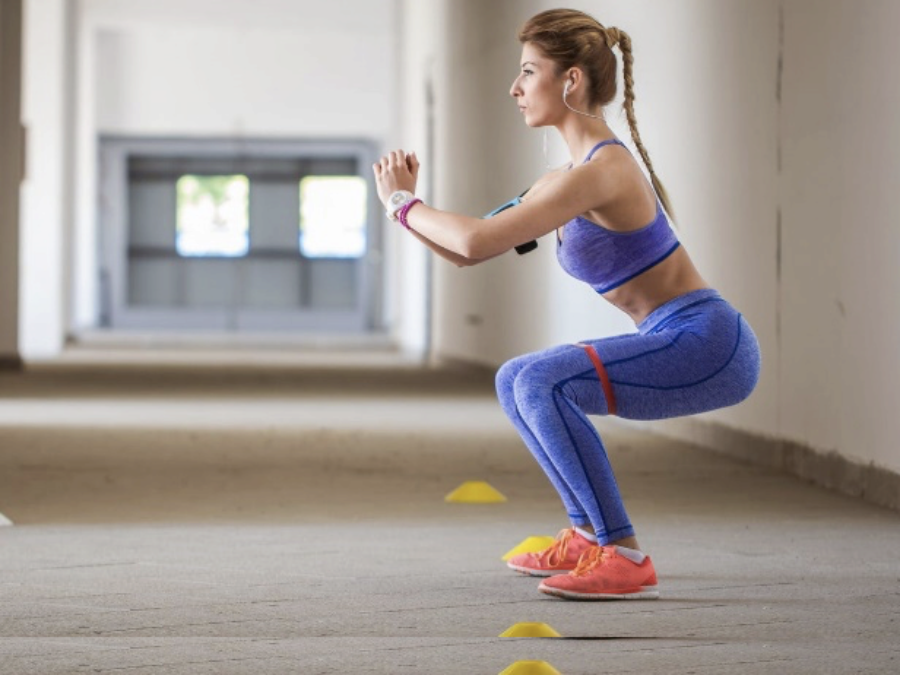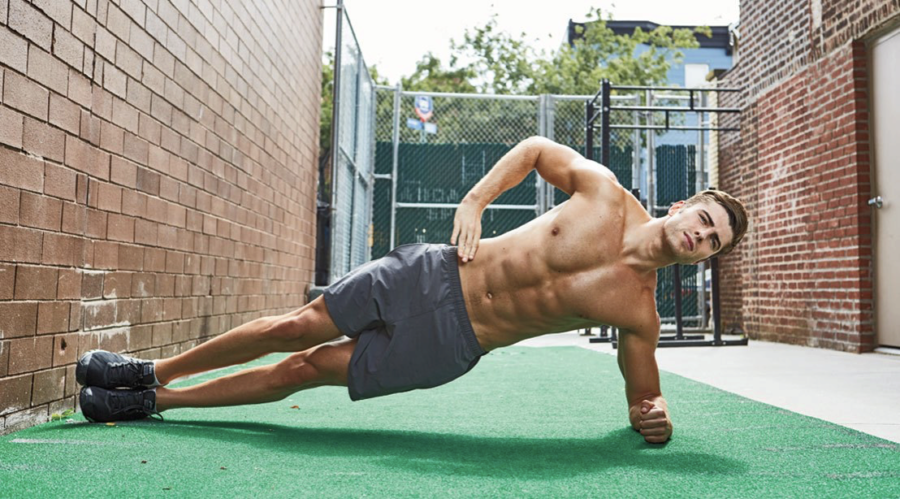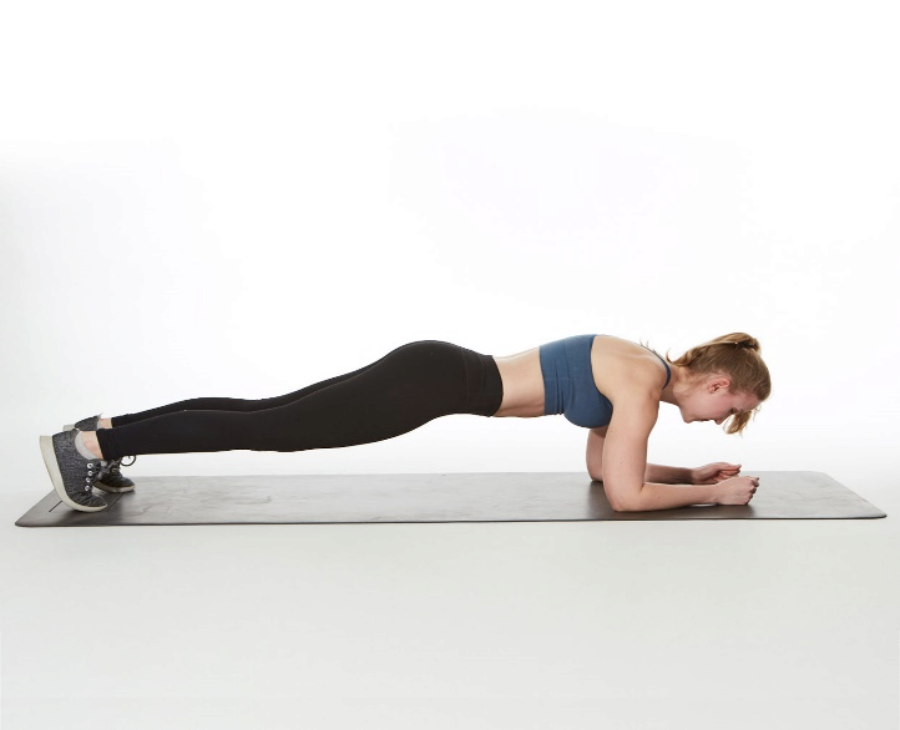How to Reduce Lower Back Pain by Building a Strong Core
Lower back pain is a debilitating condition that affects 8 out of 10 people across the globe. Chances are, you have experienced lower back pain at one point in your life, or you might be having one right now.
Lower back pain is one of the most complex conditions in the medical field. Simply because tons of medical conditions could cause back pain, some are not even entirely related to your spine or the structures surrounding it.
There’s no denying that exercise plays a vital role in keeping your body healthy, which is the same thing when preventing low back pain. In addition, studies have shown that strengthening your core muscles may decrease pain and prevent low back pain.
In this article, we recommend simple exercises you could do at home and easily insert them into your busy schedule to strengthen your core, particularly the lower back muscles, and reduce back pain.
The core muscles function as spinal stabilizers. It acts to protect the spine and pelvic area from injury. It also reduces the load on your lower back and spinal discs when performing activities.
Most people think that the core only pertains to your abdominal muscles or abs. However, the core also includes essential muscles such as:
- Frontal Abs (Rectus Abdominis)
- Muscles along the side of the body (Internal and External Oblique)
- Deep muscles that run around the front (Transverse Abdominal)
- Muscles located on your spinal bones and run along the spine (Multifidi and Erector Spinae)
- Diaphragm
- Pelvic floor muscles
- Hip flexors and glutes
The core includes the abs and other muscles that helps stabilize your spine and prevents injury.
Target Muscles:
- erector spinae
- rectus abdominis
- glutes
This exercise challenges your spinal stability and allows the recruitment of muscles that play a greater role in stabilizing the lower back.
- Step 1: Kneel on all fours. Keep your arms and legs planted firmly on the group.
- Step 2: Reach one arm out in front of you and extend the opposite leg behind you. Keep your core engaged by drawing in your abdomen. Hold for 6 seconds.
- Step 3: Repeat on the other side. Do 10 reps on each side for 3 sets.
Remember: Do not over extend your back beyond the neutral to avoid compression of the lower spine. Focus on forming one straight line from your hands and foot, keeping your hip squared.
The bird dog allows recruitment of muscles that plays a greater role in stabilizing your lower back.
Target Muscles:
- glutes
- hamstrings
- internal/external
- obliques
- erector spinae
This exercise fires up the glutes and promotes trunk stability. In addition, it increases the activation of internal oblique, external oblique, and erector spinae which promote spinal stabilization.
- Step 1: Lay on your back with knees bend, and both of your feet are flat on the floor.
- Step 2: Contract your glutes by squeezing your butt and use this contraction to lift your hips as high as you can. Push your heel against the floor. Hold for 6 seconds.
- Step 3: Slowly return back down. Repeat for 10 reps for 3 sets.
Remember: Keep your glutes and abs engaged throughout the movement.
The glute bridge fires up your glutes and promotes spinal stability.
Target Muscles:
- glutes
- hamstrings
- abdominals
- lowback
Squats are one of the most effective exercises in targeting the lower body and spinal muscles. Research has shown that as you get better in your squats, you’ll have stronger core and more control on your lower back muscles.
- Step 1: Stand with feet a little wider than the hip-width with toes facing forward.
- Step 2: Drive your hips back, bend at the knees and ankles as if you are about to sit down.
- Step 3: Maintain a 90-degree position so that the thigh is parallel to the floor.
- Step 4: Push your feet against the ground and straighten your legs back to the starting position. Do 20 reps for 3 sets
Remember: Keep your head up, torso straight, and your core engaged during each reps.
Squats provide greater activation of the lower back muscles as you progress to heavier loads.
Target Muscles:
- Transversus Abdominis
- Glutes
- Obliques
- Hip adductors
Side planks are great exercise targeting the oblique abdominal muscles, which are often neglected when doing ab workouts. Your balance and coordination will also be challenge when maintaining this position.
- Step 1: Lie on your right side, extend your legs and keep your hip and feet stacked. Keep the elbow of your right arm directly under your shoulder.
- Step 2: Engage your abs. Lift your hips and knees off the ground. While keeping your legs long, and your feet stacked. Hold this position for 30 seconds.
- Step 3: Slowly move back down. Repeat on the other side. Do this for 3 sets on each side.
Remember: Keep your body in a straight line as you maintain the position.
Side planks will also challenge your balance and coordination when performing the exercise.
Target muscles:
- transverse abdominis
- rectus abdominis
- obliques
The plank exercise is one of the safest exercises to strengthen your core muscles and improve your spinal stability. This exercise has low compressive force on your back, which means it doesn’t put a lot of stress on your spine when performed correctly.
- Step 1: Position facedown with your forearms on the floor. Place your elbows directly under your shoulders. Keep your head relaxed and look directly at the floor.
- Step 2: Maintain a straight line of the body from head to toes. Engage your abs and keep your shoulder down as you keep your body lifted from the floor. Maintain the position for at least 30 seconds.
- Step 3: Slowly move back to the starting position and rest for 1 minute. Repeat the exercise for 3 sets.
Remember: Do not arch your back. Keep the tension on your abdominals and not on your shoulders.
Plank has a low compressive force on your back, it doesn’t put a lot of stress on your spine when performed correctly.
Target muscles:
- gluteus medius
- gluteus minimus
- hip abductors
This exercise builds the strength of your glutes and provides stability to the pelvis. Unfortunately, these muscles are often overlooked in the workout routines, which causes muscle imbalance and may lead to pain or injury, especially on the hips, knees, and lower back.
- Step 1: Lie on your side with your lower arm on the floor, and the upper arm place against the floor for support. Place your lower leg slightly forward to let your upper leg touch the floor.
- Step 2: Squeeze your glutes and brace your abs as you lift the upper leg while keeping your hip stacked. Hold for 2 seconds. Do this for 10 repetition.
- Step 3: Slowly bring back down and repeat on the side. Do 3 sets of this exercise.
Remember: Keep your back straight and your hip engaged.
The side-lying leg raise builds the strength of your glutes and provides stability for the pelvis.
There are a lot of factors that may cause back pain, and each person experiences pain differently.
There is no single exercise routine that will solve every case of back pain. Still, the exercises listed above will help you strengthen your core muscles and stabilize your spine, preventing injuries and decreasing low back pain.
Most of the exercises above can be done without any equipment. However, in order to further challenge the muscles and increase your strength, you need to gradually progress each exercises by modifying the exercise or adding free weights in the formula such resistant bands, dumbbell and barbells.
This article is not a substitute for the comprehensive advice of a medical professional. If you are experiencing persistent back pain, consult a physiotherapist or a medical doctor for evaluation.
- Gordon, R., & Bloxham, S. (2016). A Systematic Review of the Effects of exercise and Physical Activity on Non-Specific Chronic Low Back Pain. Healthcare, 4(2),
- Do, Y., & Yoo, W. (2015). Comparison of the thicknesses of the transversus abdominis and internal abdominal obliques during plank exercises on different support surfaces. Journal of Physical Therapy Science, 27(1), 169–170.
- Rubin, D. I. (2007). Epidemiology and Risk Factors for Spine Pain. Neurologic Clinics, 25(2), 353–371.
- Nuzzo, J. L., McCaulley, G. O., Cormie, P., Cavill, M. J., & McBride, J. M. (2008). Trunk Muscle Activity During Stability Ball and Free Weight exercises. Journal of Strength and Conditioning Research, 22(1), 95–102.
- Pollock, M. L., Leggett, S. H., Graves, J. E., Jones, A., Fulton, M., & Cirulli, J. (1989). Effect of resistance training on lumbar extension strength. The American Journal of Sports Medicine, 17(5), 624–629.
- Kong YS, Jang GU, Park S. (2015) The effects of prone bridge exercise on the Oswestry disability index and proprioception of patients with chronic low back pain. Journal of physical therapy science;27(9):2749-52.
- Kristen Boren, C. C. (2011). ELECTROMYOGRAPHIC ANALYSIS OF GLUTEUS MEDIUS AND GLUTEUS MAXIMUS DURING REHABILITATION EXERCISES. The International Journal of Sports Physical Therapy, pp. 206-223.







